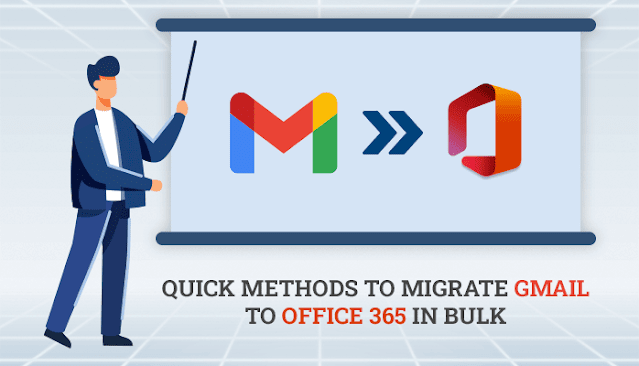The Impending Ozone Hole: What We Can Do To Protect Ourselves
The ozone layer protects us from the effects of ultraviolet radiation. The hole in the ozone layer is a sign that we are getting dangerously close to the point when we will be dealing with harmful levels of ultraviolet radiation. This article discusses what we can do to protect ourselves from this issue, and how our future depends on it.
What is the Impending Ozone Hole?
The ozone layer, which protects Earth from the harmful ultraviolet radiation of the sun, is being destroyed by the release of pollutants such as chlorofluorocarbons. The chemicals break down in the atmosphere, releasing chlorine and fluorine which react with oxygen to form ozone.
Since the early 1980s, when scientists began to notice an increase in chlorine levels in the atmosphere, scientists have been warning us of the dangers posed by the ozone hole. However, despite all of our efforts, the hole is growing larger each year. If we don't take action to prevent it, by 2020, 95% of the stratospheric ozone will have disappeared, exposing Earth to increased levels of UV radiation that can cause skin cancer and other serious health problems.
Here are some things you can do to help protect yourself and your family from the effects of the ozone hole:
Switch to environmentally friendly cleaning products: In order to reduce our reliance on chemicals that contribute to the destruction of the ozone layer, start using environmentally friendly cleaners instead of harsh chemicals. Many cleaning products now available on store shelves are made without harsh chemicals or phosphates.
How does the Impending Ozone Hole Effect Us?
The ozone layer, one of the Earth's protective shield, is slowly disappearing. The hole in the ozone layer is caused by the release of man-made chemicals that deplete the layer of oxygen. Scientists have been warning about this issue for years and now we are seeing the consequences.
According to NASA, "ozone depletion can spur severe health problems by increasing rates of skin inflammation, eye irritation, and respiratory problems such as asthma." So far, many countries have not done enough to reduce their emissions. However, there are things that we can do to protect ourselves. Here are a few tips:
1) Switch to energy efficient appliances and vehicles- these will help reduce your carbon footprint.
2) Plant trees- they will help filter out harmful pollutants and protect the ozone layer.
3) Avoid using air conditioning during hot weather- it uses extra energy and can contribute to ozone depletion.
How can we Protect Ourselves from the Impending Ozone Hole?
The Montreal Protocol was created in 1987 to address the issue of stratospheric ozone depletion. The Protocol prohibits the use of CFCs and their replacement with other ozone-depleting substances. Since its inception, the Protocol has saved the Earth from an estimated 2.3 million metric tons of chlorine dioxide, a potent greenhouse gas.
Currently, there is a large hole in the protective layer of ozone over Antarctica. The hole began to form in October 2014 and continues to grow each year. This large hole in the ozone layer could potentially damage plants, animals, and humans down below. If we don’t take steps to protect ourselves, this hole could become a reality by 2020.
There are many things that we can do to reduce our impact on the environment and protect ourselves from the impending ozone hole. Some simple ways include switching to renewable energy sources like solar and wind, driving less, recycling, using organic products when possible, and staying informed about environmental issues. Making these changes will not only help us save money but also help preserve our planet for future generations.
What are Alternatives to Protecting Ourselves from the Impending Ozone Hole?
There are a number of alternatives that we can consider to protect ourselves from the impending ozone hole. One option is to use ozone-safe sunscreens, which have been shown to be effective in protecting people from both UV radiation and the development of skin cancer. Additionally, it is important to avoid using products that contain high levels of chemicals, as these can help contribute to the depletion of Earth's ozone layer.
Conclusion
The ozone hole is shrinking, but we need to do more to protect the ozone layer. In addition to reducing our reliance on fossil fuels, there are a number of things that we can do to help preserve the planet’s protective atmosphere. These include using less plastic, choosing sustainable building materials, and driving less – all of which will have a positive impact on the ozone layer. So let’s all take some simple steps in order to save our planet – and ourselves!



